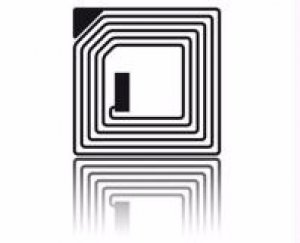RFID TECHNOLOGIES
CUSTOM provides two different types of RFID technologies for ticket printers:
- HF RFID: short distance
- UHF RFID: long distance
MIFARE is the standard
HF RFID that is most used for applications with contactless smart cards. Desktop TK302 and KPM302 to be installed in kiosks supporting Mifare And also: - ISO 14443A (Mifare 1K, 4K and Ultralight) - ISO 15693 - i-Code - ISO 14443B - Calypso, FeliCa - other lower RFID standards As regards
UHF RFID, the desktop TK302, TK202, B202H units and KPM302 , KPM150H to be fitted in kiosks support: - ETSI standard, compliant to European Regulations; ETSI EN 302 280 (869,525 MHz) - FCC standard, compliant to Regulations on Telecommunications US FCC, part 15 (902-928 MHz) - ISO 18000-6B - Philips UCODE EPC 1.19 - EPC Class1 Gen2 / ISO 18000-6C
HIGHLIGHTS
- Same printing module for OFFICE use and KIOSKS, easy to integrate with SW platforms
- Barcode scanner for STOCK CONTROL fraud prevention
- Multifeeder available to handle RFID tickets and standard paper => multi-ticket support
- Integrated 3 SAM management => increased security in less space
- Printing speed: 250mm/sec => fast transactions
- HIGH MTBF => lower management costs
APPLICATIONS
HF
- Transports
- Payments
- Identification and management of documents (for archives and libraries) and people (patients in hospital)
- Tolls and parking systems
UHF
- Airports: bag tags
- Logistics: labelling
- Medical: wristbands
- Events: tickets / wristbands
FOCUS ON
ADVANTAGES WITH UHF
The RFID in the UHF range (869-915MHz) offers a large number of advantages compared to traditional low frequency (LF = 125-136 KHz) or high frequency (HF = 13.56 MHz) systems):
- Long distance reading: using the European standards and UHF passive tags, it is possible to read from a distance of 3 to 5 metres. Higher distances can be achieved using semi-passive tags
- Reading speed: you can read tags moving at a speed of up to 300Km/h.
- Anti-collision protocol: extremely efficient.
- wide range of applications: experts forecast that the RFID market will rapidly evolve to UHF tags
- Price: actually lower than low or high frequencies;





